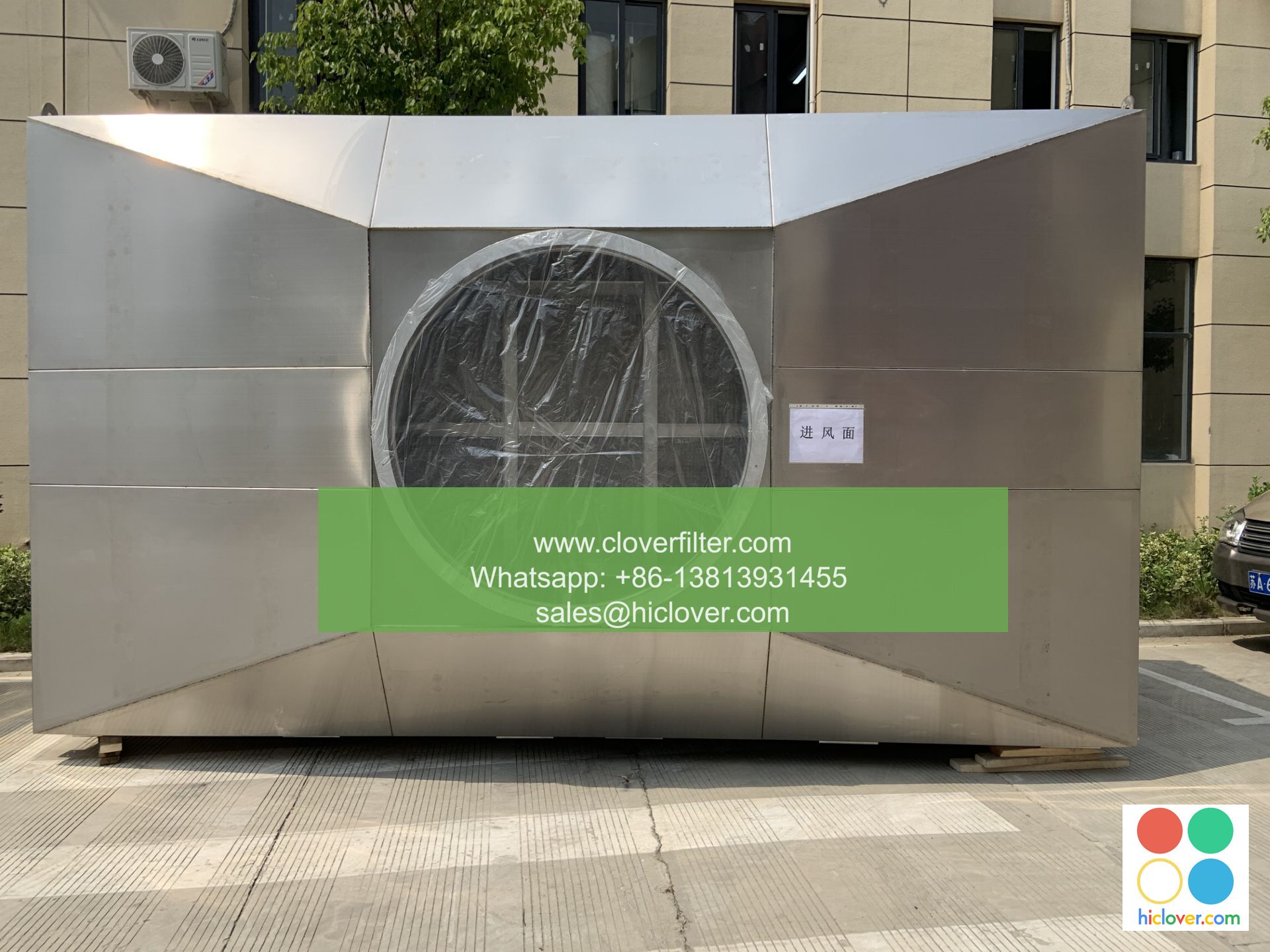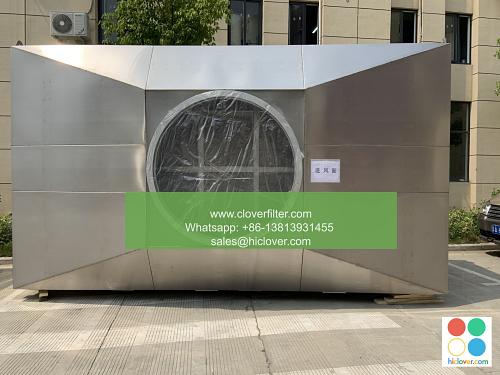A Comparison of Different Air Filter Materials for Home Use

As the world becomes increasingly aware of the importance of indoor air quality and its impact on health and wellbeing, the demand for effective air filtration systems has grown significantly. With various air filter materials available in the market, it can be overwhelming to choose the right one for home use. This article aims to provide a comprehensive comparison of different air filter materials, highlighting their application areas, advantages, and disadvantages.
Introduction to Air Filter Materials
Air filter materials play a crucial role in removing airborne pollutants, such as dust, pollen, bacteria, and volatile organic compounds (VOCs), from the air. The choice of air filter material depends on several factors, including filtration efficiency, airflow resistance, cost, and maintenance requirements. Some common air filter materials used in home air filtration systems include:
Fiberglass Air Filters
Fiberglass air filters are one of the most common and cost-effective options available. They are made from glass fibers that are woven together to form a filter media. Fiberglass air filters are suitable for basic filtration applications, such as removing large dust particles and pollen from the air. However, they have a lower filtration efficiency compared to other air filter materials and may not be effective against smaller airborne pollutants.
Pleated Air Filters
Pleated air filters are made from pleated filter media that increases the surface area of the filter, allowing for better airflow and filtration efficiency. They are available in various materials, including fiberglass, polyester, and cotton. Pleated air filters are suitable for medium-to-high filtration applications, such as removing smaller dust particles, bacteria, and VOCs from the air.
HEPA Air Filters
HEPA (High Efficiency Particulate Air) air filters are considered the gold standard for air filtration. They are made from ultra-fine glass fibers that are woven together to form a filter media with a high filtration efficiency. HEPA air filters are capable of removing 99.97% of airborne pollutants as small as 0.3 microns, including dust, pollen, bacteria, and VOCs. They are suitable for high-end filtration applications, such as commercial and industrial settings, as well as home use for individuals with severe allergies or respiratory issues.
Activated Carbon Air Filters
Activated carbon air filters are designed to remove gases and odors from the air, rather than particulate matter. They are made from activated carbon that is highly porous and has a large surface area. Activated carbon air filters are suitable for application areas where gas removal is a priority, such as kitchens, bathrooms, and areas with high humidity.
Comparison of Air Filter Materials
The following table provides a comparison of different air filter materials:
| Air Filter Material | Filtration Efficiency | Airflow Resistance | Cost | Maintenance Requirements |
| — | — | — | — | — |
| Fiberglass | Low | Low | Low | Low |
| Pleated | Medium | Medium | Medium | Medium |
| HEPA | High | High | High | High |
| Activated Carbon | N/A | Low | Medium | Low |
Conclusion
In conclusion, the choice of air filter material depends on various factors, including filtration efficiency, airflow resistance, cost, and maintenance requirements. By understanding the application areas and advantages and disadvantages of different air filter materials, homeowners can make an informed decision when selecting an air filtration system for their home. Whether you’re looking for basic filtration or high-end filtration, there’s an air filter material that’s right for you. It seems like you haven’t provided a specific question or topic for discussion. Could you please provide more context or clarify what you would like to talk about? I’m here to help and provide information on a wide range of subjects.

